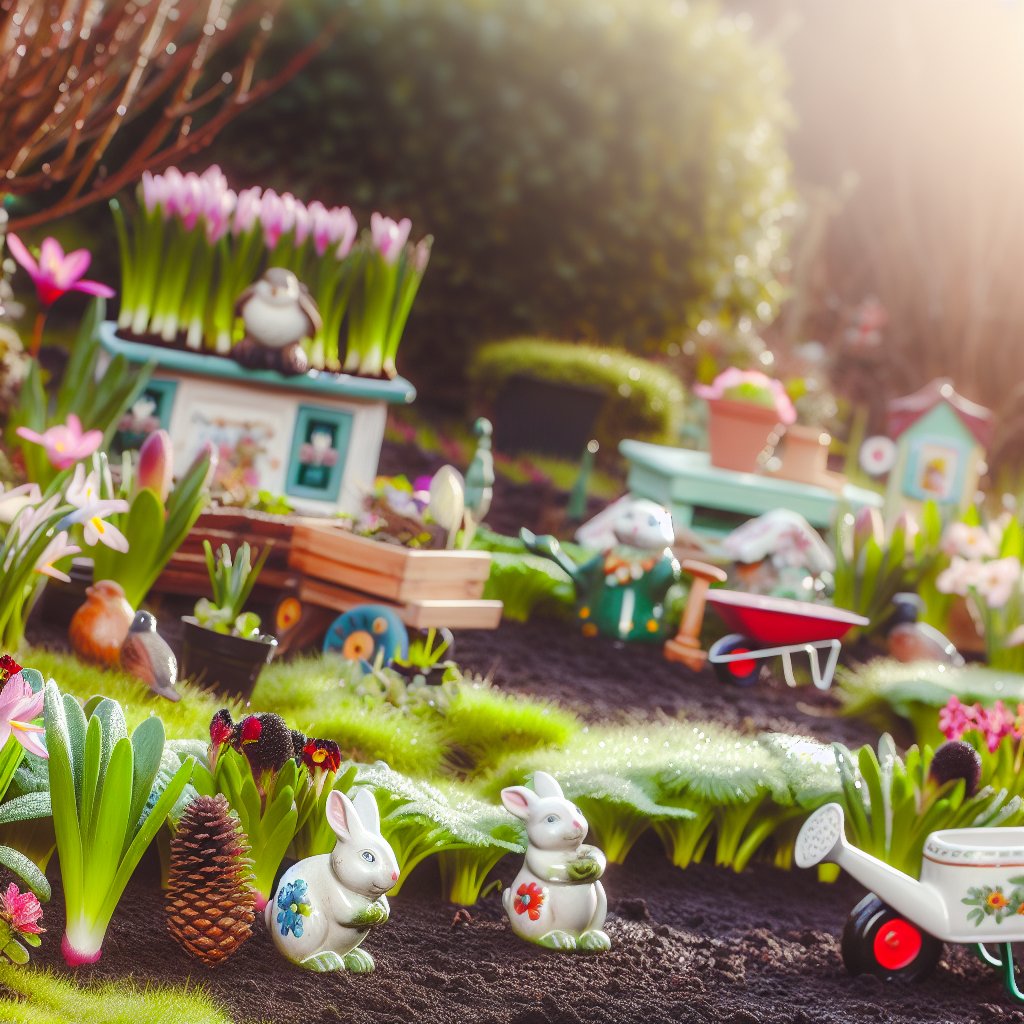Spring Gardening Tips for Beginners in 2024
Spring is just around the corner, and with it comes the perfect opportunity to start your garden! Whether you’re planting flowers, vegetables, or some lush green shrubs, these beginner-friendly tips will help you get started on the right foot.
When Should I Start Planting?
Great question! Timing is everything when it comes to gardening, especially in the spring. Before you can break out your gloves and spade, it’s essential to consider your local climate. The key factor is the last frost date in your area. You want to avoid frost damage, so wait until after the last frost before planting any tender plants.
- If you’re in a warmer climate, you can start planting as early as February or March.
- For those in colder regions, it’s best to wait until April or May.
Don’t forget to look up your local frost dates to make sure you’re planting at the right time!
What Should I Plant as a Beginner?
Sometimes less is more, especially when you’re new to gardening. Opt for plants that are easy to grow and manage. Here are some excellent options for first-time gardeners:
- Tomatoes: Hardy and rewarding, these grow well in many climates.
- Mint: Aromatic, fast-growing, and great for teas or garnishes.
- Marigolds: Easy-to-care-for flowers that can brighten your space.
- Lettuce: Grows quickly and thrives in the cool days of spring.
These plants don’t require expert green thumbs and give you rewarding results relatively quickly!
How Can I Prepare My Soil?
The secret to healthy plants often lies underneath the surface—literally. To ensure your plants have the best chance of thriving, it’s important to prepare your soil properly. Follow these tips:
- Begin by removing weeds and debris from the garden bed.
- Loosen the soil by tilling or turning it over with a garden fork.
- Mix in organic matter like compost or aged manure to provide essential nutrients.
- If you’re unsure what your soil needs, consider getting a soil test to check nutrient levels before adding any fertilizer.
How Do I Water My Garden Without Overwatering?
Overwatering is a common mistake for beginners. To prevent this, consider these principles:
- Water early in the morning to allow plants to absorb moisture before the heat of the day.
- Check the moisture level by sticking your finger an inch into the soil. If it feels dry, it’s time to water.
- Use a soaker hose or drip irrigation system to water plants at their base and avoid wetting the leaves.
- Aiming for about 1 inch of water per week (including rainfall) is a good starting point for most plants.
If you live in a region with heavy spring rains, keep an eye out for waterlogged soil and adjust your watering routine accordingly.
What Tools Do I Need to Start?
You don’t need a shed full of fancy tools to begin gardening. Here are some essentials every beginner should have:
- Gloves: Keep your hands clean and protect them from thorns or splinters.
- Trowel: Perfect for digging small holes and transplanting plants.
- Pruning shears: Great for trimming dead branches and keeping things tidy.
- Watering can or hose: Essential for keeping your plants hydrated.
- Wheelbarrow (optional): Handy for moving heavy materials like soil or mulch.
Bonus Tip: Be Patient!
Gardening is a process. While you might be eager to see your plants grow, remember that success doesn’t always happen overnight. Stay patient, observe how your plants respond, and enjoy the learning curve. Before you know it, your spring garden will be flourishing, and you’ll feel like a gardening pro!
Have more gardening questions? Share them in the comments, and we’ll try to help you out. Happy planting!
Share this content:



